Mexico’s Drought is So Severe You Can See The Effects From Space
Mexico is currently enduring one of its most intense and widespread droughts in over a decade, with water levels dropping so drastically in some areas that the impact is visible from space.
In northern Mexico, Bustillos Lagoon is operating at just 50% of its usual capacity. The US Geological Survey released satellite images from Landsat, revealing the lagoon’s significant shrinkage from January to June this year.
Devastating Impact on Local Fish Population
This reduction has had devastating consequences, particularly for the local fish population, as thousands perished.

Source: WION/YouTube
“The low water levels have concentrated pollutants, further degrading the water quality and putting additional stress on the fish,” said Irma de la Peña, head of the Ecology Department in Cuauhtémoc, in an interview with CNN in June.
Crops and Livestock Threatened
Bustillos Lagoon is a crucial water source for the state of Chihuahua, primarily used for irrigating nearly 20,000 agricultural plots.

Source: WION/YouTube
As water supplies dwindle, residents have watched their crops and livestock suffer.
Widespread Drought Impacts Over 85% of Mexico
This crisis extends far beyond Bustillos Lagoon.
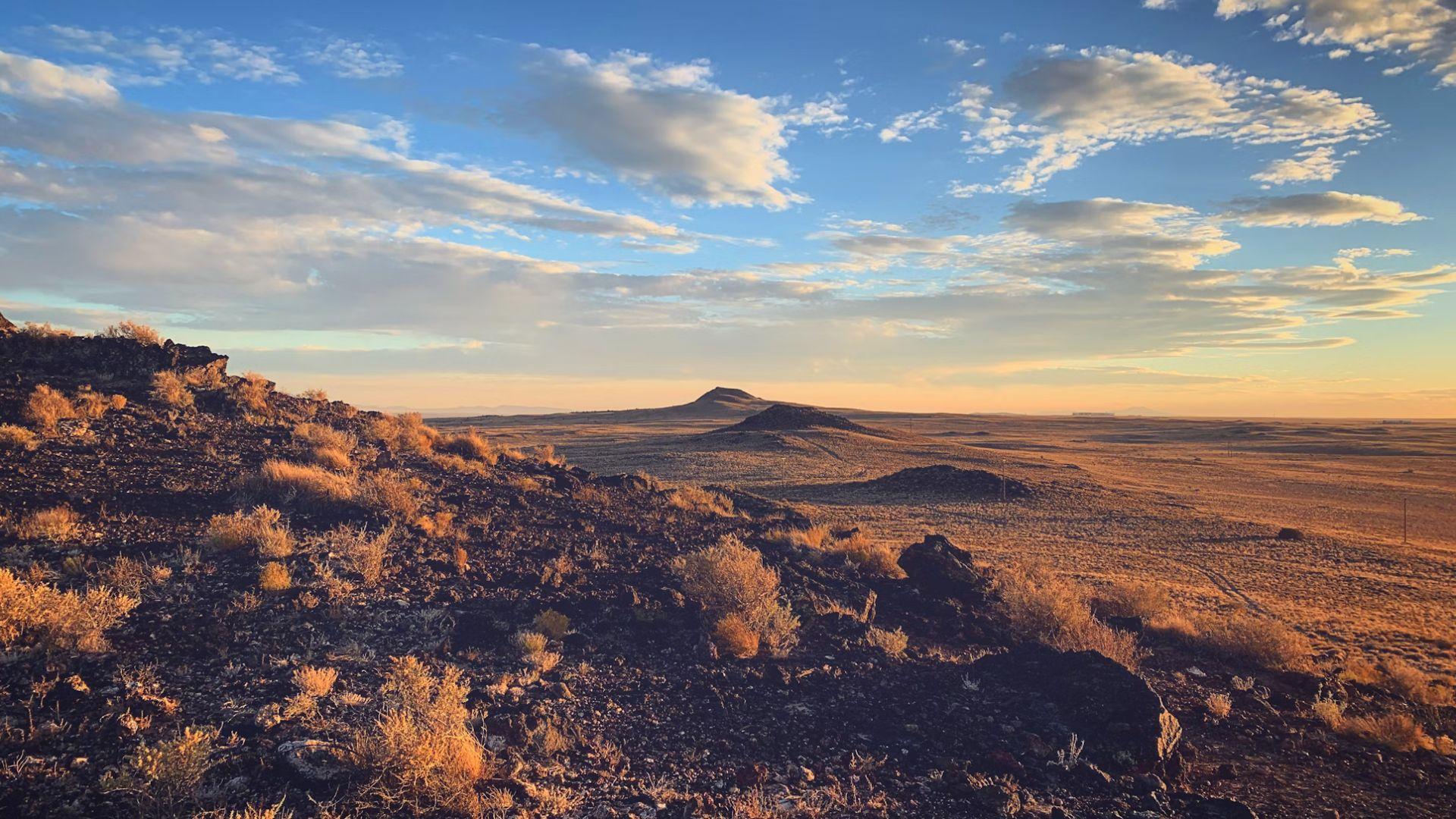
Source: Ethan Wright-Magoon/Unsplash
By May, over 85% of the country was affected by drought, with some regions receiving minimal rainfall since the end of 2022, according to the National Oceanic and Atmospheric Administration (NOAA).
Crisis in Northwest and South-Central Mexico
“The drought has created a significant precipitation deficit in both the northwest and south-central parts of the country,” Derek Vollmer, director of Waterscapes at WWF, told Business Insider.
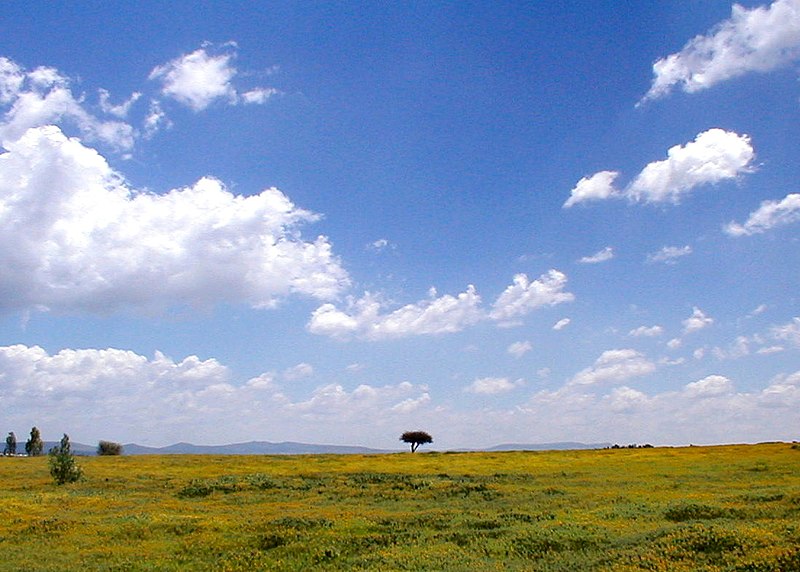
Source: Wikimedia
While satellite images paint a dire picture, the situation on the ground is even more alarming for the people, plants, and animals struggling to survive the drought.
Harsh Conditions Force Farmers to Abandon Livestock and Land
Farmers are finding it increasingly difficult to provide sufficient water for their livestock, leading to the death of cows and donkeys during the scorching, dry months.

Source: iStock
Many farmers have abandoned the area due to the harsh conditions, rancher Jesus Maria Palacios told Reuters in June.
Drought Devastates Bee Populations
Even bees are not spared. “There is almost no vegetation in the landscape right now, due to the drought,” beekeeper Adán Rascón Ramos told Reuters.
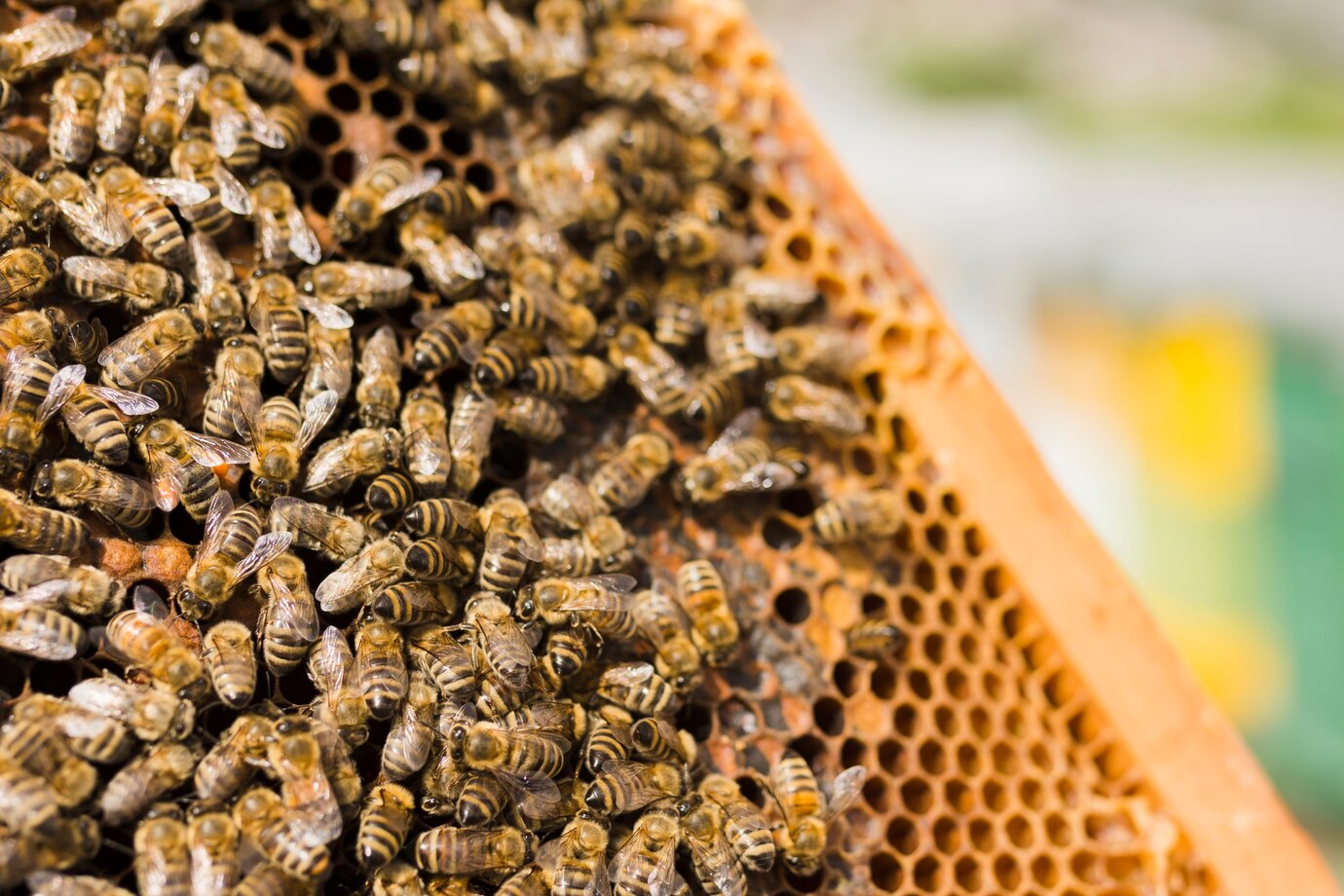
Source: Freepik
The lack of blooming wildflowers has forced bees to seek pollen from the few remaining agricultural crops, but herbicides are killing them in large numbers.
Unprecedented Scope of the 2023 Drought
Landsat satellite data indicates that this drought is more extensive than the last one in 2011, affecting both northern and south-central regions.
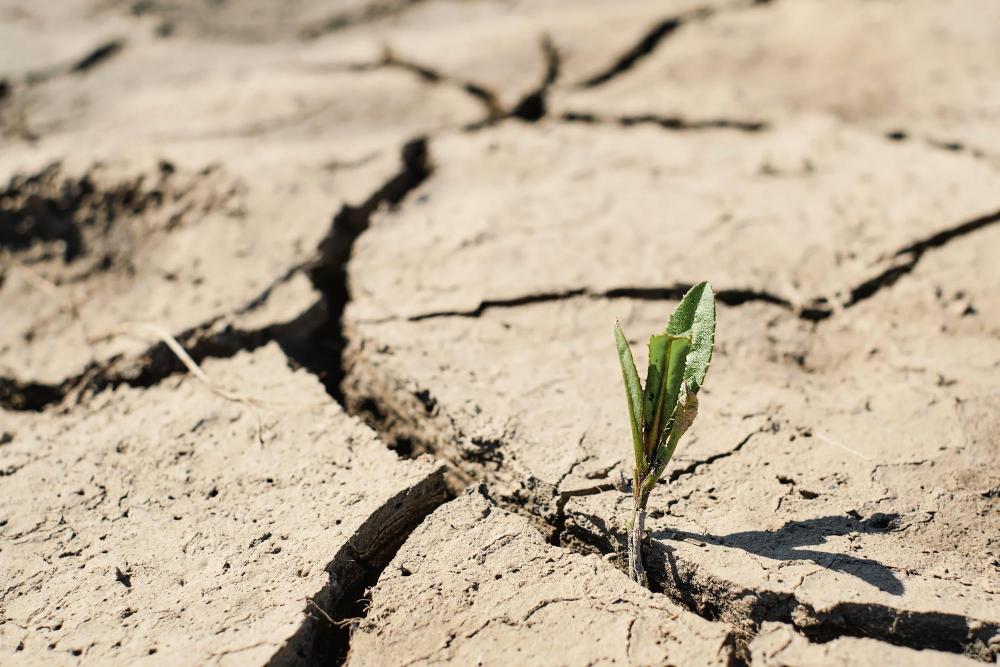
Source: Freepik
“From hundreds of miles up in space, we can observe droughts and detect very subtle changes in the landscape,” Terry Sohl of the USGS’s Earth Resources Observation and Science Center told Business Insider.
Multiple Climatic Factors
Several factors contributed to this latest drought. Last year, El Niño failed to deliver its typical precipitation to the north, while a weak La Niña impacted rainfall in the south and central areas.
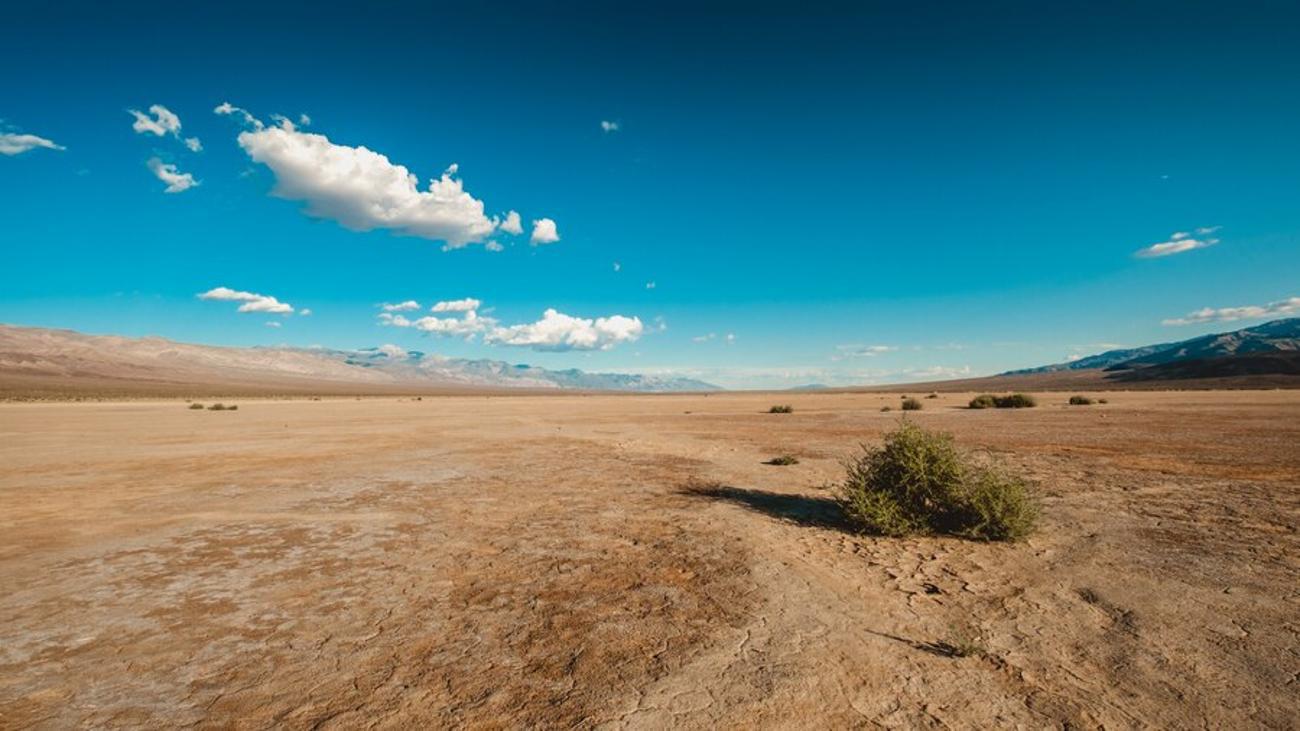
Source: Freepik
The first half of this year has been exceptionally dry, compounding the problem, according to NOAA.
Partial Relief from Tropical Storms
Tropical storms in June brought some relief to central and southwestern regions, but northwest Mexico remains parched. Over half of the country’s reservoirs are now at or below 50% capacity.
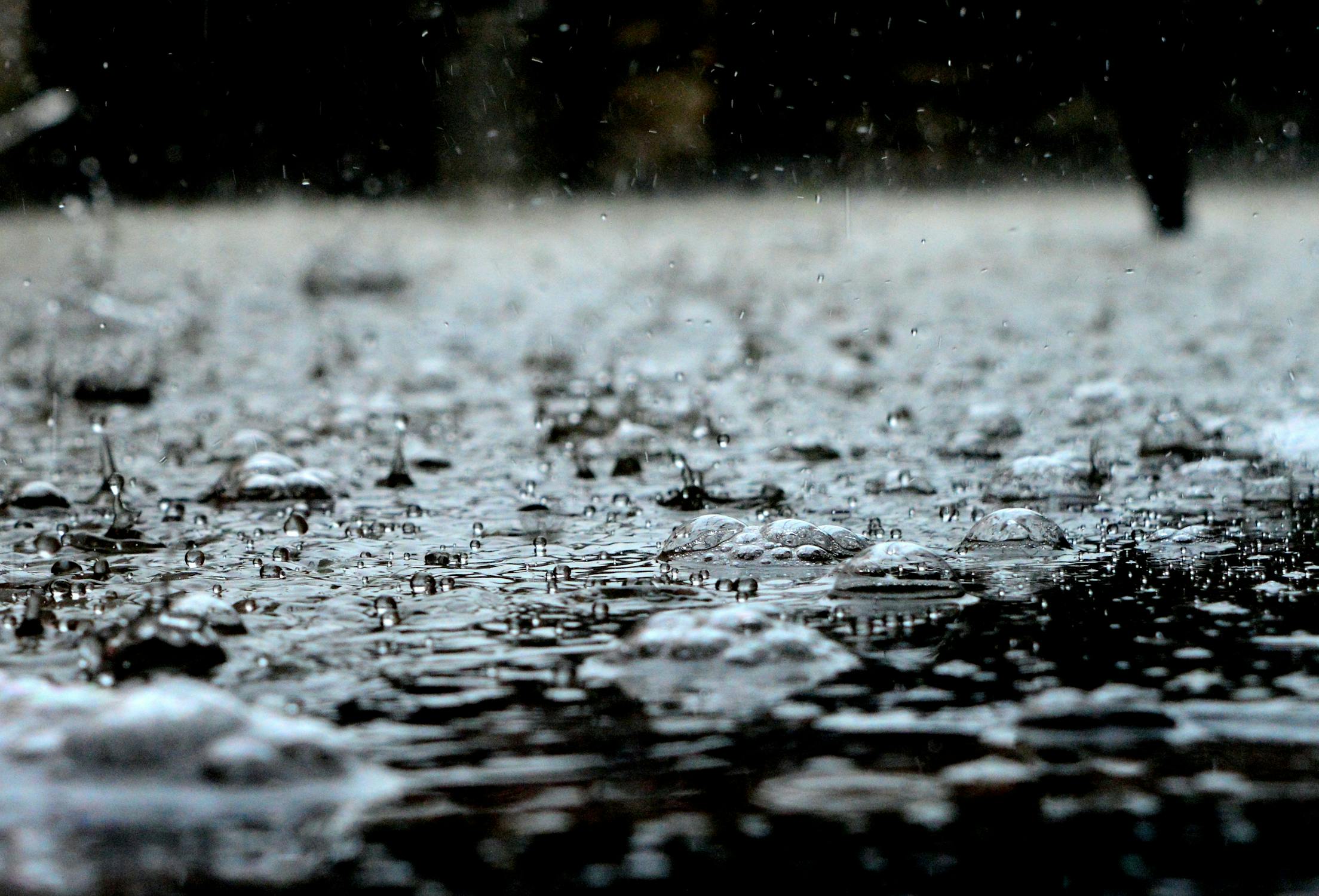
Source: Pixabay
“It takes a lot of additional precipitation to build that back up,” Vollmer noted. “One good set of rains isn’t going to end the drought.”
Drier Conditions May Become the New Normal
Vollmer also warned that drier conditions might become a permanent fixture in some regions. Droughts are traditionally defined by historical averages, but “we’re moving into new conditions,” he said.
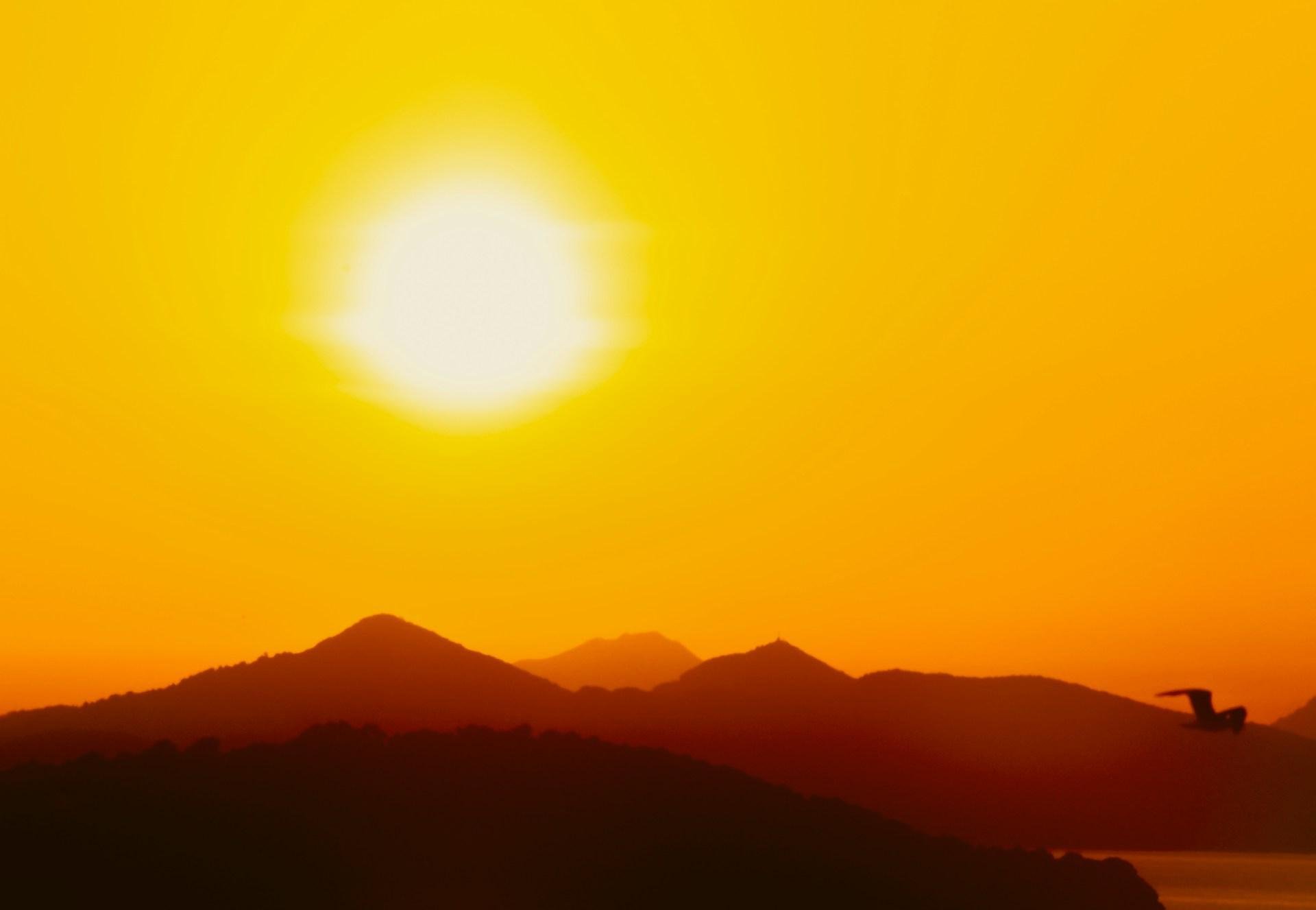
Source: Alex Braga/Unsplash
What was once considered a drought may now be the new normal.
WWF’s Efforts to Create Water Reserves
To mitigate future droughts, WWF has been working with Mexican communities to create water reserves by implementing policies to maintain river systems above certain levels.
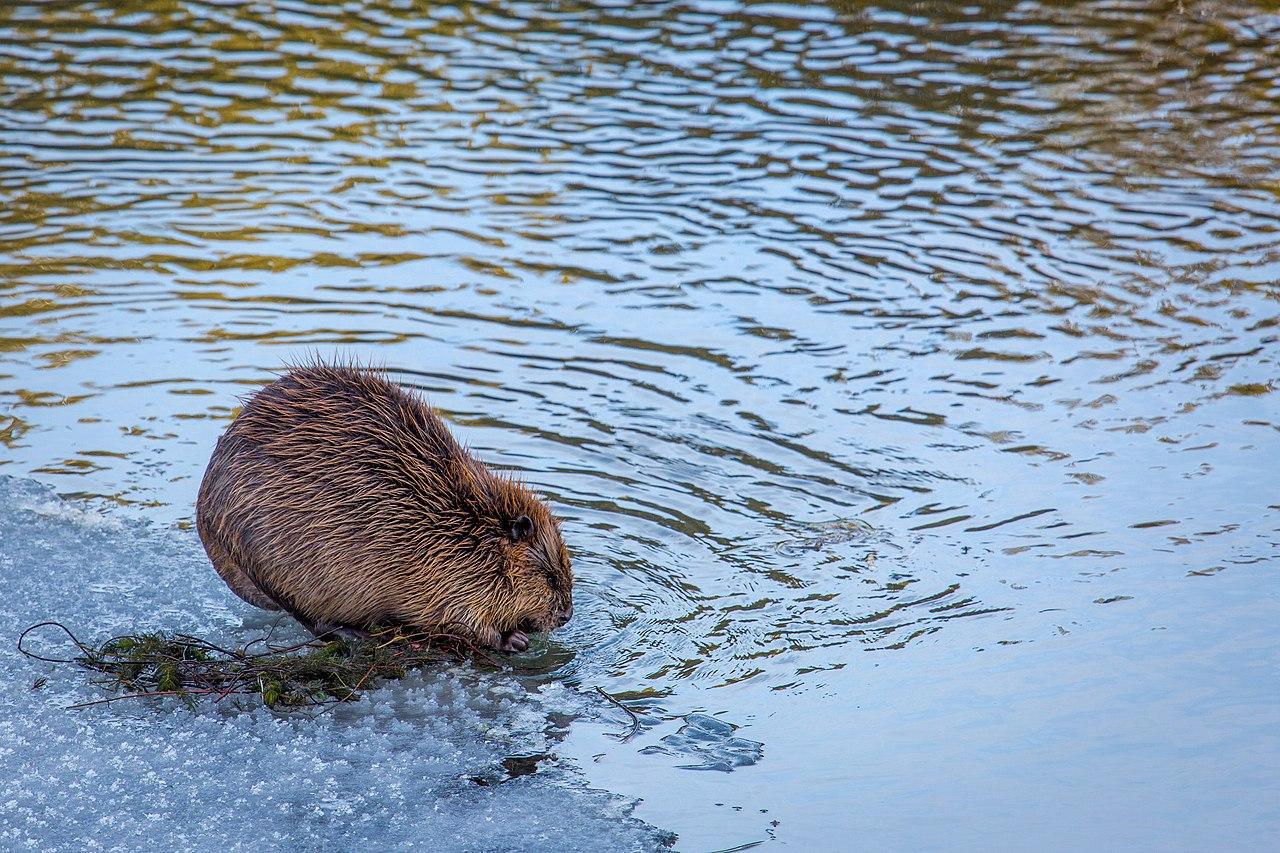
Source: Wikimedia
Initially intended to preserve biodiversity, these measures are now increasingly recognized as “insurance against drought conditions,” Vollmer explained.
